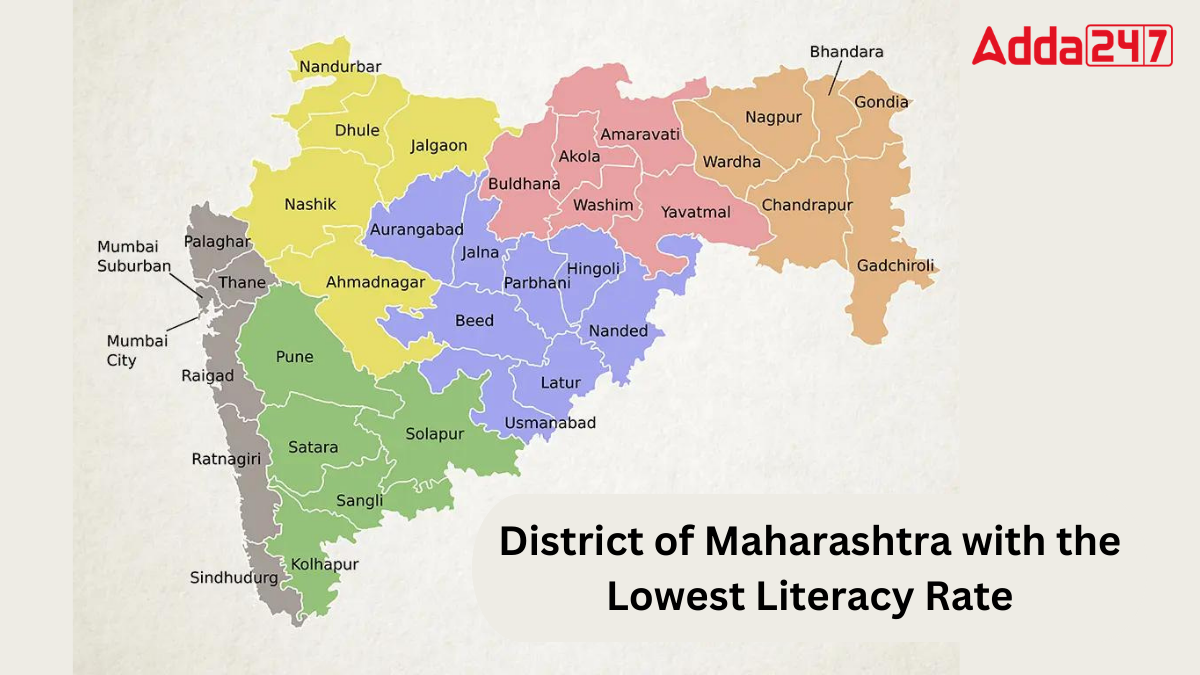Maharashtra, a significant state in western India, has made substantial progress in education. However, like many regions, it faces challenges in literacy rates. This article explores the district of Maharashtra with the lowest literacy rate, highlighting factors contributing to its situation and ongoing efforts for improvement.
An Overview of Maharashtra
Maharashtra, located in western India, occupies a large part of the Deccan Plateau and is bordered by the Arabian Sea, Karnataka, Goa, Telangana, Chhattisgarh, Gujarat, Madhya Pradesh, and the union territories of Dadra and Nagar Haveli and Daman and Diu. It is the second-most populous state in India and plays a significant role in the country’s cultural, economic, and political landscape.
Number of Districts of Maharashtra
Maharashtra is divided into 36 districts, organized into six administrative divisions. The capital of the state is Mumbai, which is also its largest city and metro area. Nagpur serves as the winter capital. The state’s administrative structure supports its large and diverse population, facilitating governance and regional development.
Literacy Rate in Maharashtra
Maharashtra’s literacy rate is 82.34% according to the latest census. Male literacy stands at 88.38%, while female literacy is 75.87%. The state’s literacy figures reflect significant progress but also highlight ongoing disparities between male and female education levels.
District of Maharashtra with the Lowest Literacy Rate
Nandurbar, a district in Maharashtra, has the lowest literacy rate at 64.38%. With a population of 1,648,295, it includes 906,509 literate individuals. This figure highlights ongoing challenges in educational access and development in the region.
Second District of Maharashtra with the Lowest Literacy Rate
Jalna, another district in Maharashtra, has a literacy rate of 71.52%. With a population of 1,959,046, it has 1,195,523 literate residents. This rate indicates significant progress, yet the district still faces educational development challenges.




 Which Country is Known as the Land of Ch...
Which Country is Known as the Land of Ch...
 Which Bird is known as the King of Birds...
Which Bird is known as the King of Birds...
 Which City of Austria is Known as the Ci...
Which City of Austria is Known as the Ci...







